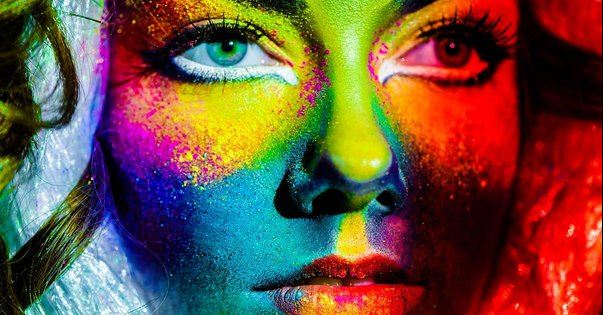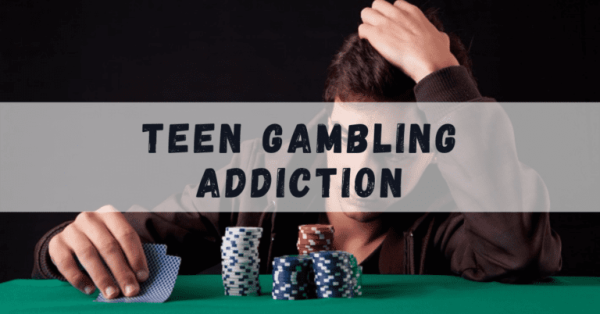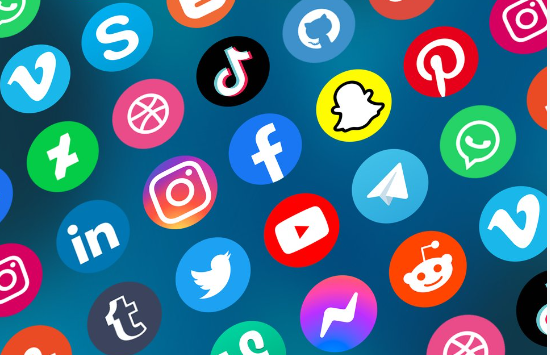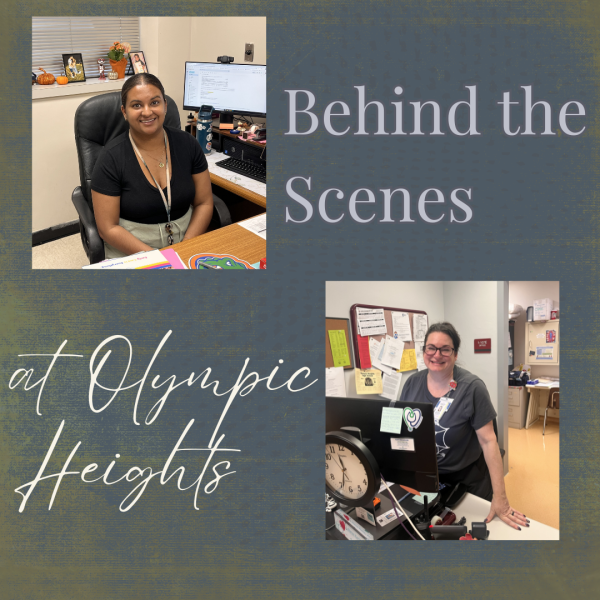Color theory shades students’ perceptions of school subjects
Since elementary school people have learned about color theory in one way or another. They have learned about the color wheel, primary and secondary colors, or the widely known acronym ROYGBV. Colors surround everyday life, and even before children know what colors are, they associate certain colors to certain objects or emotions.
Apples are red, lemons are yellow, and oranges are, of course, orange. Fruits aren’t the only things that are connected to color. Colors and color theory are a major part of the arts. “I know a decent amount about the color theory since I have been in an art class since seventh grade,” says Olympic Heights senior Nayelih Montano. Montano recalls learning about secondary, tertiary, and even complimentary colors.
OH junior Angelena Bartlett Diaz has another definition of color theory. “Color theory is basically a theory about what colors look good together, how they match, where they go, and how they work,” Diaz says. The color wheel was created to show how colors complement each other and their values. While these are the literal defining traits of color theory, there are more personal or emotional values to specific colors.
Colors have many different meanings to many different people. Montano says she associates colors to companies or places, “i.e. red with Netflix and blue with SeaWorld.” On the other hand, Diaz associates red with hearts. Diaz goes on to explain how she associates “green with money” and “white with winter and snow.”.
These are objects, material things, these students associate colors with. OH sophomore Mia Garaz says, “I perceive the color red with passion, energy, anger, love, warmth, and power. I perceive green as calm, earthy, fresh, confident, and young.” Garaz even goes on to say that she associates colors to “people or names or even personalities.”
A widely known test to the theory is what color folder goes with what class. “I give math red, English pink or blue, science green or purple, and history yellow,” says Garaz. This is different from junior Jackson Miller, who says, “Green is science, red is math, purple is English, blue is history.”
Montano has almost the same perspective, although she believes “English is yellow.” OH senior Kevin Nguyen associates colors to school subjects differently. He sees “red as math, green as history, blue as science.” Even when students share a similar opinion, none of them perceive these colors exactly the same.
Garaz has her own theory on color association., “Memories that have a happier connotation seem brighter while sad ones are much more dull,” Garaz explains. This viewpoint is often seen in films. Flashbacks will either have a brighter, blurry look or a blue, dull or colorless look depending on what emotions the scene is trying to elicit.
Phrases such as “green with envy,” “blue blood,” or “seeing red” make people associate certain colors to certain emotions. Red is often seen as angry or as a warning. Even in the media the phrase “red flag” is used as a warning sign. The phrase “blue blood” is used to show a person’s wealth or their prominence, but blue can also mean “feeling blue” or sad. In the end, as with most everything, how we associate colors is a result of how we experience them and how we were taught to perceive them.











